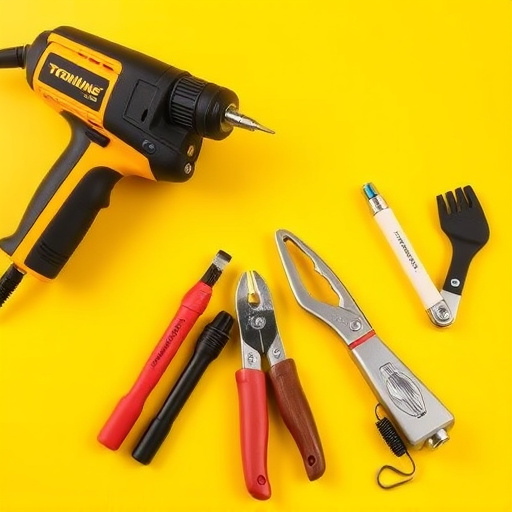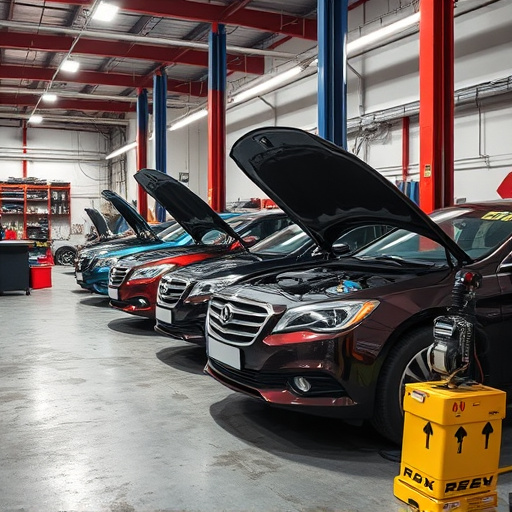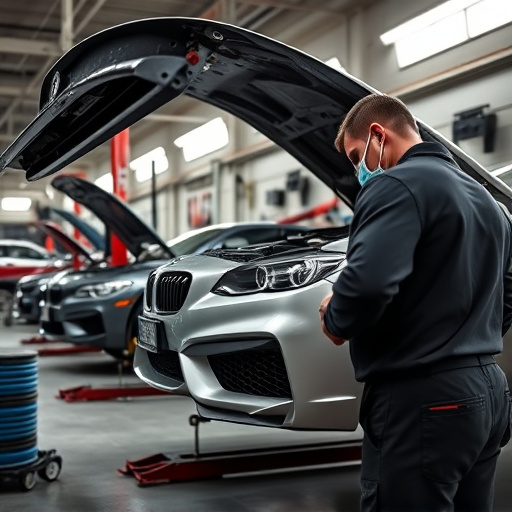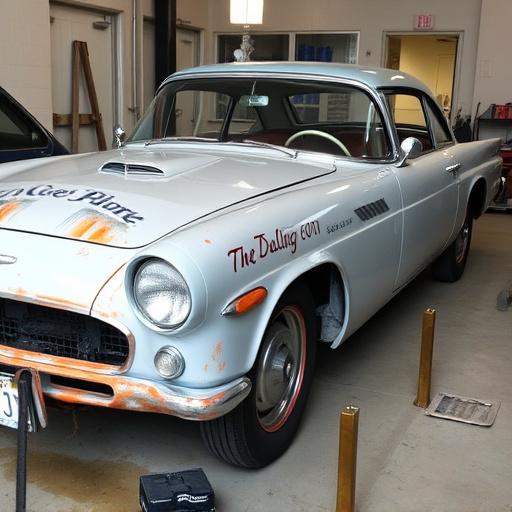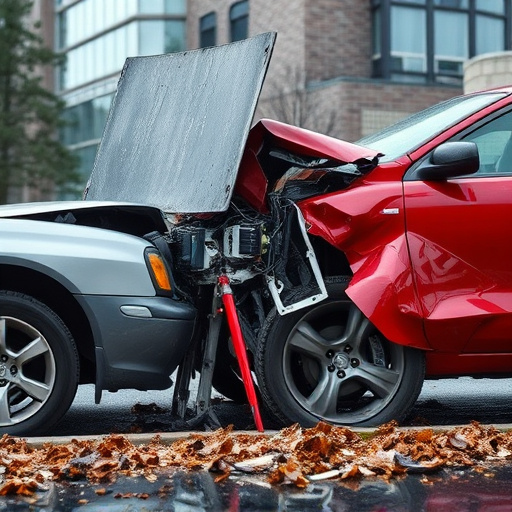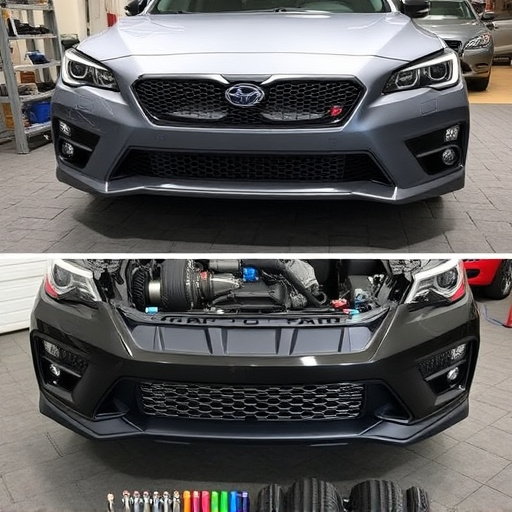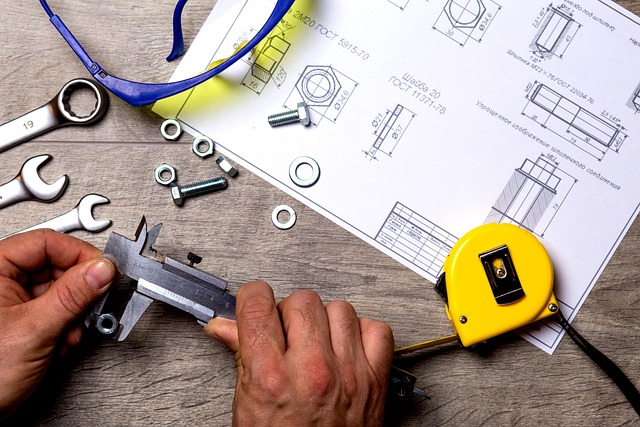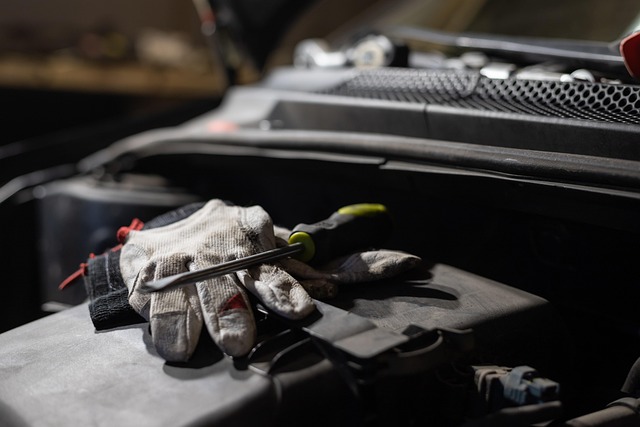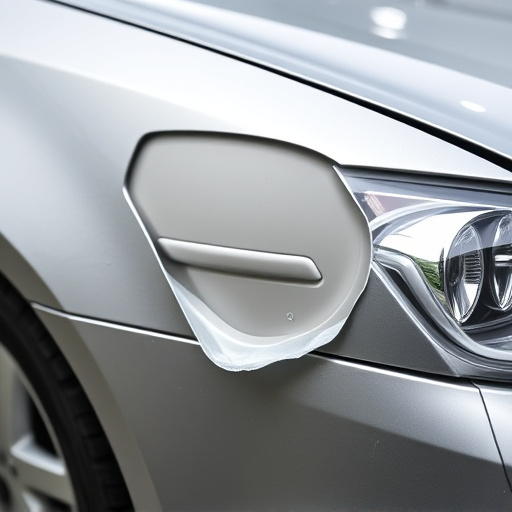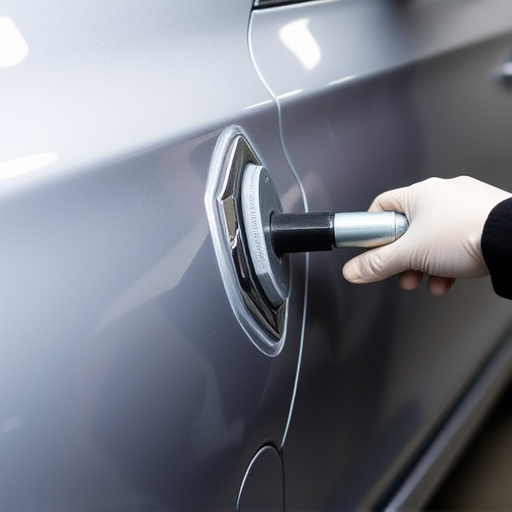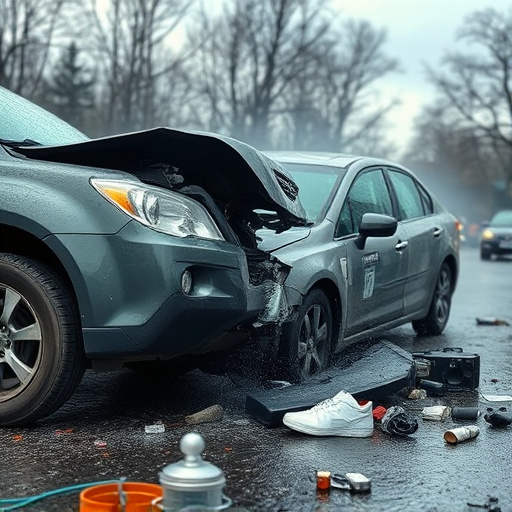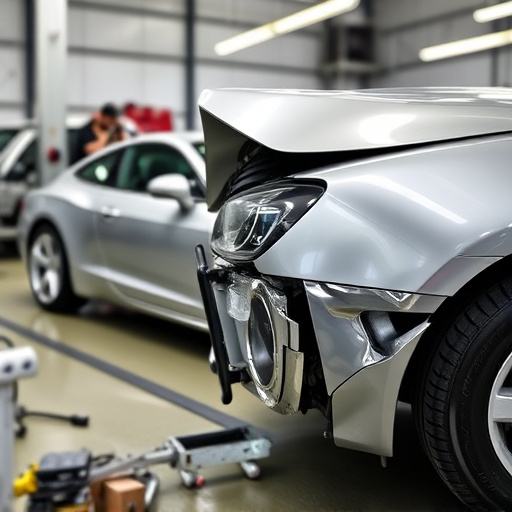Aftermarket collision parts play a crucial role in vehicle resale value, offering cost-effective alternatives to OEM parts without compromising performance. They facilitate swift repairs, maximize marketability of damaged vehicles, and appeal to both car owners and auto collision centers. However, careful selection and installation are vital to avoid lowering resale value or lengthening negotiation times. Investing in reputable brands, thorough inspection, professional installation, and regular maintenance protect vehicle aesthetics and safety, enhancing its appeal to future buyers.
Aftermarket collision parts have become a common sight in automotive repairs, offering cost-effective alternatives to OEM replacements. However, their impact on vehicle resale value is a topic of interest for car owners and dealers alike. This article delves into the role of aftermarket parts in shaping resale values, exploring both the benefits and drawbacks. We provide strategies to navigate these effects, ensuring maximum resale potential while maintaining vehicle integrity. Understanding the influence of aftermarket collision parts is crucial for informed decision-making in the automotive industry.
- Understanding Aftermarket Collision Parts and Their Role in Resale
- The Impact on Vehicle Resale Value: Pros and Cons
- Strategies for Minimizing Negative Effects and Maximizing Resale Potential
Understanding Aftermarket Collision Parts and Their Role in Resale

Aftermarket collision parts play a significant role in the resale value of vehicles, often overlooked yet immensely important. These replacement parts are specifically designed to repair and restore damaged areas after an accident, offering an alternative to original equipment manufacturer (OEM) parts. While OEM parts are the go-to choice for their quality and brand association, aftermarket collision parts provide a cost-effective solution without compromising on performance. They are typically made by specialized manufacturers who focus on producing high-quality components at competitive prices, making them an attractive option for both car owners and auto collision centers.
When it comes to vehicle paint repair or more extensive vehicle restoration, aftermarket collision parts can make all the difference in maintaining a vehicle’s resale value. Their availability ensures that damaged vehicles can be swiftly repaired, minimizing downtime and maximizing their marketability. Moreover, these parts are often easier to source and may offer better compatibility for custom modifications, appealing to buyers seeking unique or personalized vehicles. This accessibility and versatility contribute to a healthier secondary market, where auto collision centers and discerning car enthusiasts can find the right components for optimal vehicle restoration.
The Impact on Vehicle Resale Value: Pros and Cons
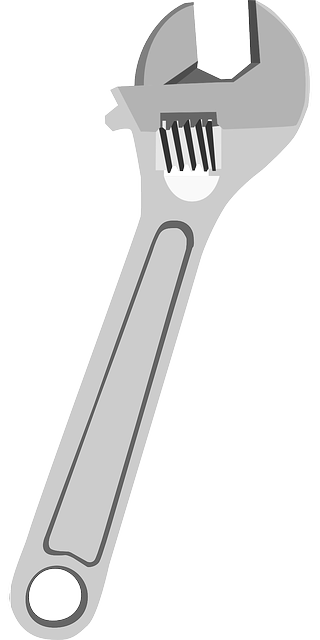
The use of aftermarket collision parts can have a significant impact on a vehicle’s resale value, presenting both advantages and disadvantages for car owners. On one hand, installing quality aftermarket parts during auto collision repair can enhance the overall appearance and performance of the vehicle, making it more attractive to potential buyers. This is especially true for visible components like fender repair or tire services, which can restore the car’s aesthetic appeal and drive up its market value.
However, there are potential drawbacks. If not carefully selected and installed, aftermarket collision parts might not match the original equipment in terms of fit, finish, and performance. This inconsistency could raise red flags for discerning buyers, leading to a lower resale value or longer negotiation times. Moreover, some buyers may be put off by the idea of non-original parts, associating them with potential reliability issues or reduced longevity, although this perception is evolving as aftermarket industries improve their products’ quality and standards.
Strategies for Minimizing Negative Effects and Maximizing Resale Potential

To minimize the negative effects of using aftermarket collision parts and maximize resale potential, buyers should prioritize quality over cost. While cheaper alternatives might seem appealing, they can result in subpar repairs that compromise a vehicle’s aesthetics and safety. Investing in reputable brands known for their durability and compatibility ensures both longevity and resale value. Additionally, thorough inspection is crucial; checking for proper fitment, paint quality, and any signs of damage or wear will prevent future issues.
Integrating these parts seamlessly with the car’s existing structure through professional installation services, such as those offered by an auto collision center or specialized car restoration shops, can significantly enhance the vehicle’s overall condition. Regular maintenance and timely repairs further protect the resale value by preserving the car’s original state, making it more attractive to potential buyers in the future.
Aftermarket collision parts can significantly impact a vehicle’s resale value, presenting both advantages and challenges. While they offer cost-effectiveness and accessibility, proper management is crucial. By employing strategies such as ensuring quality, maintaining records, and disclosing modifications transparently, sellers can minimize negative effects. Ultimately, understanding the market demand for specific parts and promoting the vehicle’s overall condition will maximize resale potential, allowing buyers to benefit from affordable repairs without compromising their investment.
